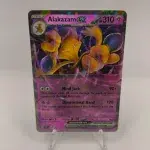Pokémon Card Rarity Explained: How to Identify Rare Pokémon Cards
Introduction
Pokémon cards are printed at different levels of rarity. In this guide, you’ll see Pokémon card rarity explained step by step, from common to secret rare. If you are new to the Pokémon Trading Card Game (TCG), understanding card rarity is one of the most important skills to learn.
This guide explains what card rarity means, how to identify it, and why it matters for both players and collectors. By the end, you will know how to spot rare cards, understand the different rarity levels, and make better decisions when collecting or trading.

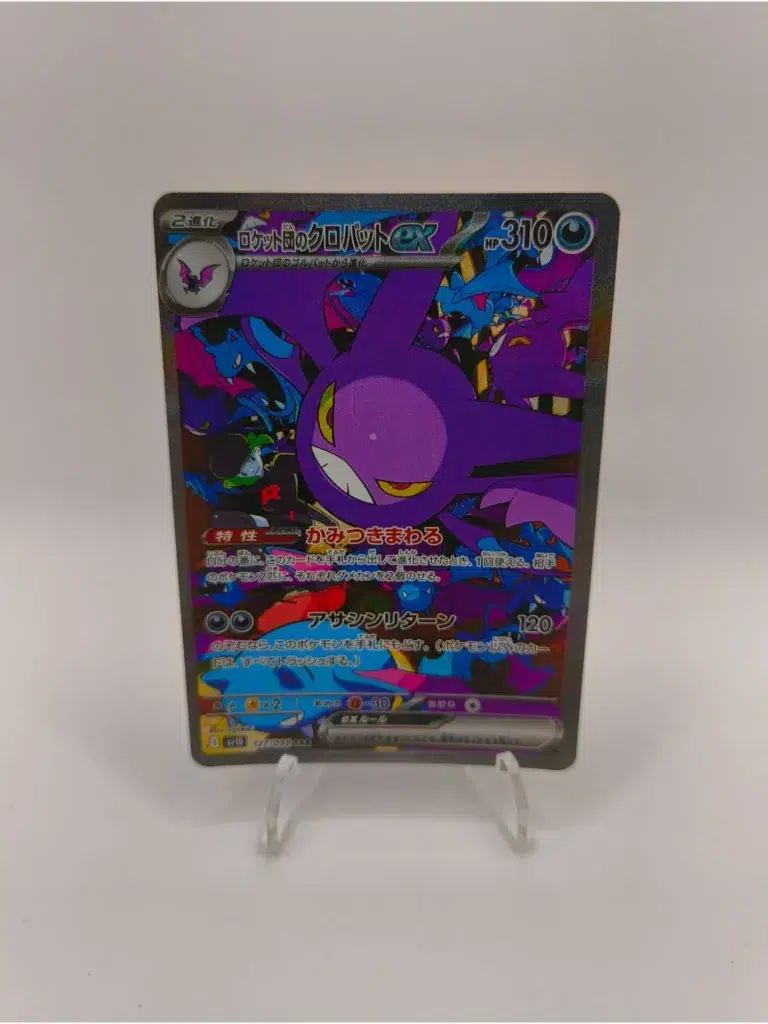
What Does Rarity Mean in Pokémon Cards?
In the Pokémon TCG, rarity refers to how often a card appears in booster packs. Common cards appear frequently, while secret rares may only appear once in many boxes. Rarity does not always equal value, but it often influences how desirable a card is.
Rarity is shown by a symbol on the bottom of the card, near the collector number. In most sets, this symbol is a circle (●), diamond (◆), or star (★). Modern sets also include special rarities such as rainbow foils, gold cards, and alternate art illustration rares.
The Basic Rarity Symbols
Here are the most common rarity symbols and what they mean:
| Symbol | Rarity Level | Description | Example |
|---|---|---|---|
| ● | Common | The most frequently printed cards, usually basic Pokémon or simple Trainers. | Caterpie |
| ◆ | Uncommon | Less common than circles, often Stage 1 evolutions or stronger Trainer cards. | Haunter |
| ★ | Rare | Found once per pack on average, often holos or powerful Pokémon. | Gyarados Holo |
Beyond the Basics: Special Rarities
Over the years, Pokémon introduced new rarity types to keep sets exciting.
Reverse Holo
- Common, uncommon, or rare cards printed with a foil background while the artwork remains flat.
- Every booster pack includes one reverse holo.
- Example: Reverse Holo Pikachu from Scarlet & Violet 151.
Holo Rare
- A card with shiny foil artwork, typically reserved for popular Pokémon.
- Example: Base Set Holo Charizard.
Ultra Rare
- Includes EX, GX, V, VMAX, and VSTAR cards with special foil and artwork.
- Example: VMAX Pikachu from Vivid Voltage.
Full Art
- Extended artwork covering the entire card. Often highly sought after.
- Example: Gardevoir EX Full Art from Scarlet & Violet.
Secret Rare
- Numbered beyond the official set count (e.g. 201/198).
- Includes rainbow foils and gold cards.
- Example: Rainbow Rare Charizard GX.
Alternate Art / Illustration Rare
- Unique artwork variants, often hand-drawn or extended scenes.
- Example: Umbreon VMAX Alternate Art (the “Moonbreon”) from Evolving Skies.
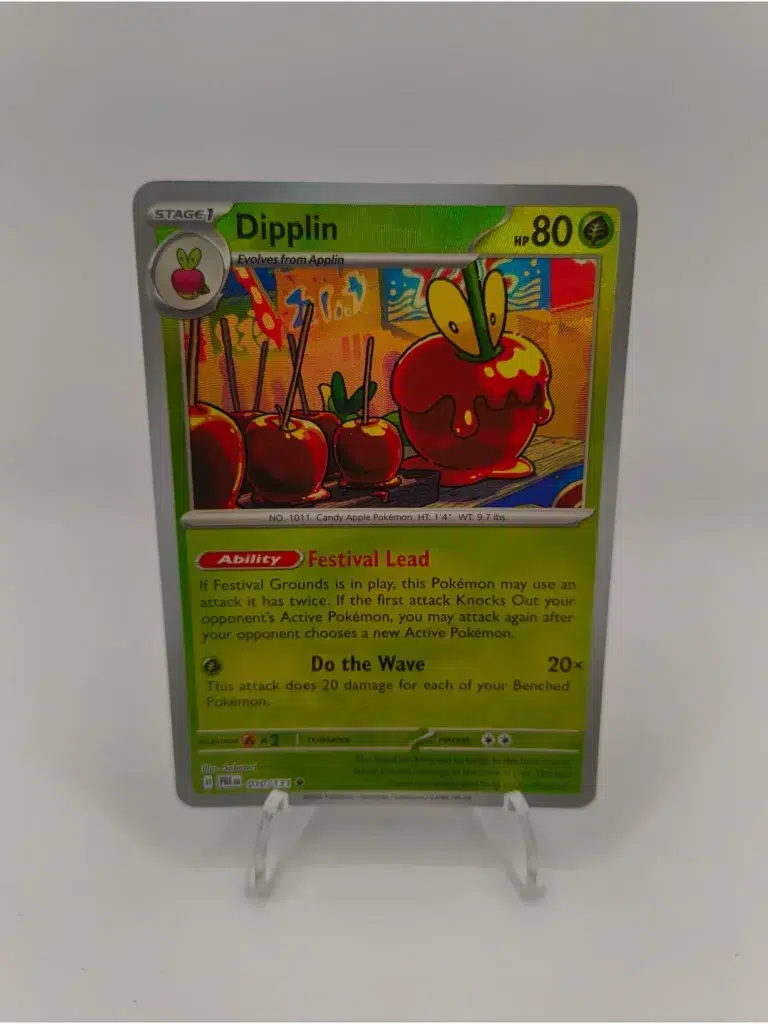
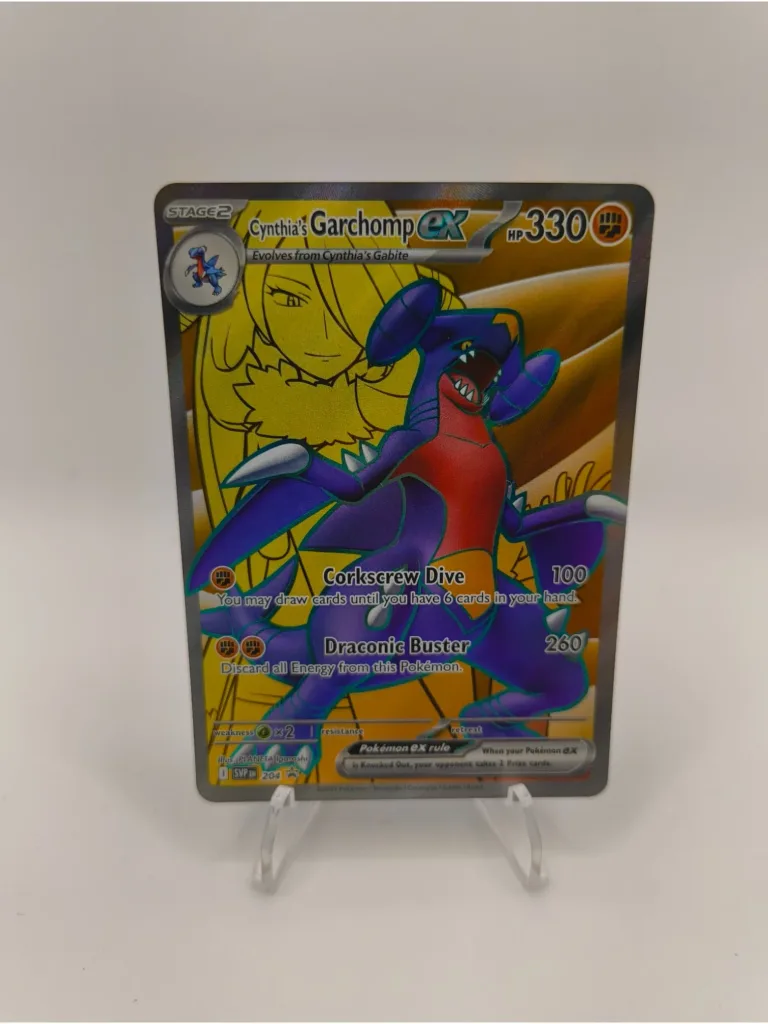
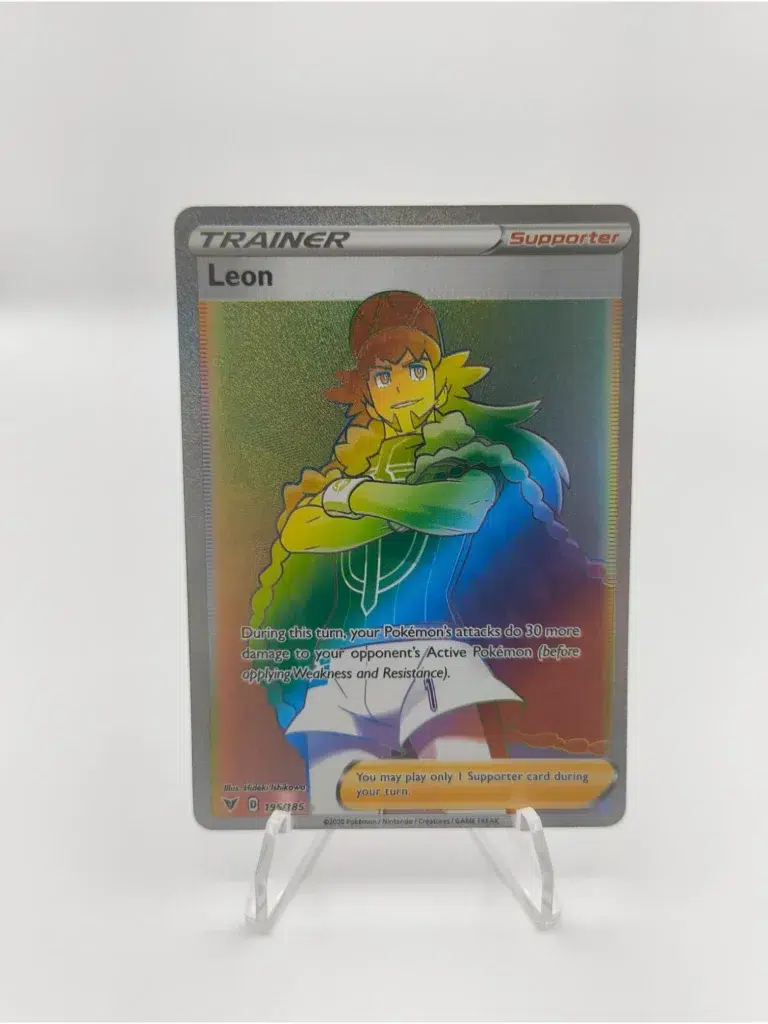
How Rarity Affects Value
Rarity influences collectability and price, but it is not the only factor. Other important considerations include:
- Condition: Mint or gem mint cards are worth significantly more.
- Popularity: Pokémon like Charizard, Pikachu, and Eevee always carry extra demand.
- Playability: Cards that dominate competitive play rise in value, even if not rare.
- Set Popularity: Sets like Hidden Fates and Evolving Skies are famous for having valuable chase cards.
For example, a rare Trainer card used in competitive decks may be more expensive than an ultra rare of a less popular Pokémon.
Examples of Famous Rare Cards
- Base Set Charizard (1999) – Holo rare, iconic and valuable in mint condition.
- Umbreon VMAX Alternate Art – Secret rare chase card from Evolving Skies, highly sought after.
- Charizard Illustration Rare – From Scarlet & Violet 151, one of the most popular modern chase cards.
- Shining Pokémon – From Neo Revelation, among the first “shiny” Pokémon cards.
These examples highlight how rarity levels evolve across generations and why collectors pursue them.
Tips for Identifying Rare Cards
- Look for the rarity symbol at the bottom of the card.
- Check the collector number. If it is higher than the set total, it is a secret rare.
- Examine the artwork. Full arts and alternate arts often stand out with unique styling.
- Learn the common patterns for each era. For example, rainbow rares were most popular in the Sun & Moon era.
- Use online resources or price guides to confirm rarity and value.
Why Rarity Matters to Collectors
For collectors, rarity provides a sense of achievement and exclusivity. Pulling a rare card from a pack is exciting, and completing a set that includes multiple secret rares can be a major accomplishment.
Rarity also drives the long-term market. Vintage holo rares in mint condition remain some of the most valuable cards in the hobby, while modern alternate arts show how rarity continues to evolve.
FAQs: Pokémon Card Rarity
What is the rarest type of Pokémon card?
Currently, alternate arts and gold secret rares are among the rarest. Vintage trophy cards are even rarer, but those are outside normal packs.
What are chase cards?
Chase cards are the most desirable cards in a set, usually secret rares or alternate arts.
Are reverse holos rare?
Not really. Every booster pack includes a reverse holo, but some collectors enjoy completing master sets with them.
Do rare cards always equal high value?
No. Rarity is one factor. Condition, popularity, and demand also matter.
Should I grade rare cards?
Yes, if they are in mint condition and are popular or historically significant. Grading protects value long-term.
Conclusion
Understanding rarity is one of the keys to collecting Pokémon cards. From simple symbols like circles and stars to full art and secret rare chase cards, rarity tells you how difficult a card is to find and often how valuable it may be.
For beginners, start by learning the rarity symbols, then explore special rarities like full arts, alternate arts, and secret rares. Over time, you will develop an eye for spotting valuable pulls and making smart collecting decisions.

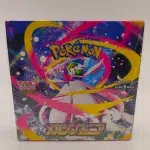

![Aromatisse [Master Ball] #39 - Pokemon English - Near Mint -front Aromatisse [Master Ball] #39 - Pokemon English - Near Mint -front](https://ripperholics.com/wp-content/uploads/2025/08/IMG_20250826_150800595-150x150.webp)
